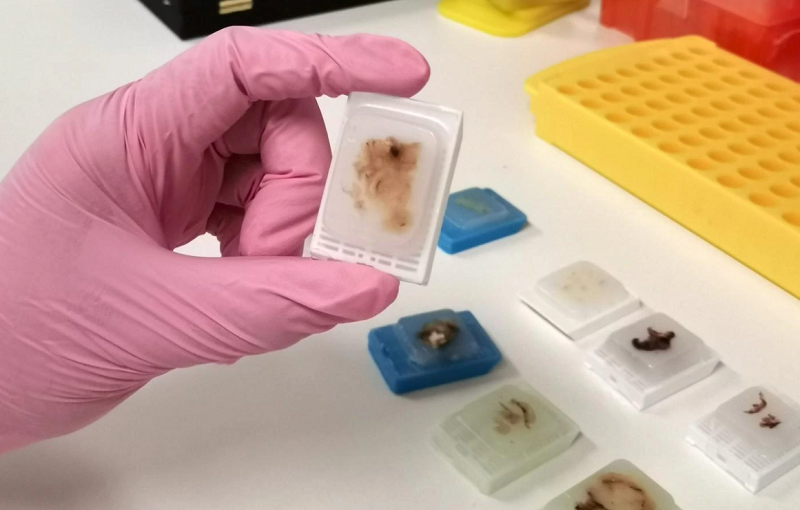Medical research changes with the goal of offering precise treatments and reliable diagnoses. A key element that supports this progress is the ability to study human tissues preserved in a stable form. FFPE human tissue has emerged as a cornerstone resource for research and clinical development.
The process of formalin fixation and paraffin embedding allows long-term preservation without damaging essential structures. This makes ffpe tissue samples reliable for a wide range of laboratory investigations. Their role in clinical innovations reflects their unmatched utility and accessibility.
They Improve Diagnostic Accuracy
Accurate diagnosis forms the foundation of effective healthcare. FFPE human tissue provides researchers and clinicians with preserved samples that retain cellular detail. This allows pathologists to identify disease markers with clarity.
For conditions such as cancer, diagnostic precision depends heavily on examining tissue morphology. FFPE blocks provide a consistent resource to revisit cases, refine diagnostic standards, and validate clinical protocols. The result is stronger reliability in medical decision-making.
Support Biomarker Discovery
Biomarkers guide the development of targeted treatments. FFPE samples make it possible to examine molecular features within tissue structures. Researchers use these samples to identify unique patterns linked to specific diseases.
- FFPE blocks help validate biomarkers across large patient groups.
- Preserved samples maintain structural and molecular integrity over long periods.
- Consistent access to archived tissue accelerates progress in drug development.
This process improves treatment design and ensures patients benefit from more personalized care. The contribution of FFPE samples in biomarker research strengthens the bridge between science and clinical application.
Advance Cancer Research
Cancer research requires access to dependable tissue samples. FFPE tissues offer an invaluable resource for analyzing tumor morphology and genetic variations. Scientists use them to understand disease progression and treatment response.
The wide availability of archived tissue collections allows researchers to study rare cancer types. This enhances the scope of investigations that might otherwise lack sufficient material. Ultimately, ffpe tissue ensures continuity in cancer studies across generations of research.
Facilitate Drug Development
Drug discovery depends on reproducible testing environments. FFPE human tissues serve as reliable models for evaluating drug interactions with human cells. Researchers study how treatments affect preserved tissues to refine dosage and reduce side effects.
- Archived FFPE samples allow retrospective analysis of drug response.
- Large tissue libraries speed up the screening of compounds.
- Data from FFPE-based studies supports regulatory submissions.
The integration of FFPE human tissues into drug development pipelines shortens timelines and increases efficiency. Medical sectors gain more effective tools to bring therapies into clinical use.
They Strengthen Personalized Medicine
Personalized medicine thrives on insights from patient-specific data. FFPE human tissues make it possible to examine individual disease patterns at both cellular and molecular levels. Clinicians use these findings to design therapies that match patient needs.
Access to archived samples allows healthcare providers to revisit past cases for comparison. This creates a broader context for tailoring treatments. FFPE resources thus contribute directly to improve patient outcomes through more individualized strategies.
Expand Research Opportunities
FFPE archives create vast opportunities for medical exploration. Hospitals, research centers, and biobanks maintain collections that span decades. These resources empower scientists to investigate long-term disease patterns and changing clinical trends.
Such availability ensures that research is not limited to present cases alone. Instead, it expands into historical perspectives that enrich scientific understanding. This continuity in research provides consistent progress across medical sectors.
FFPE human tissue thus plays a vital role in advancing medical sectors through reliable preservation and research value. Its use supports diagnostics, cancer studies, biomarker discovery, and drug development. The significance of FFPE human tissue in clinical innovations secures its position as an indispensable resource for modern healthcare.







